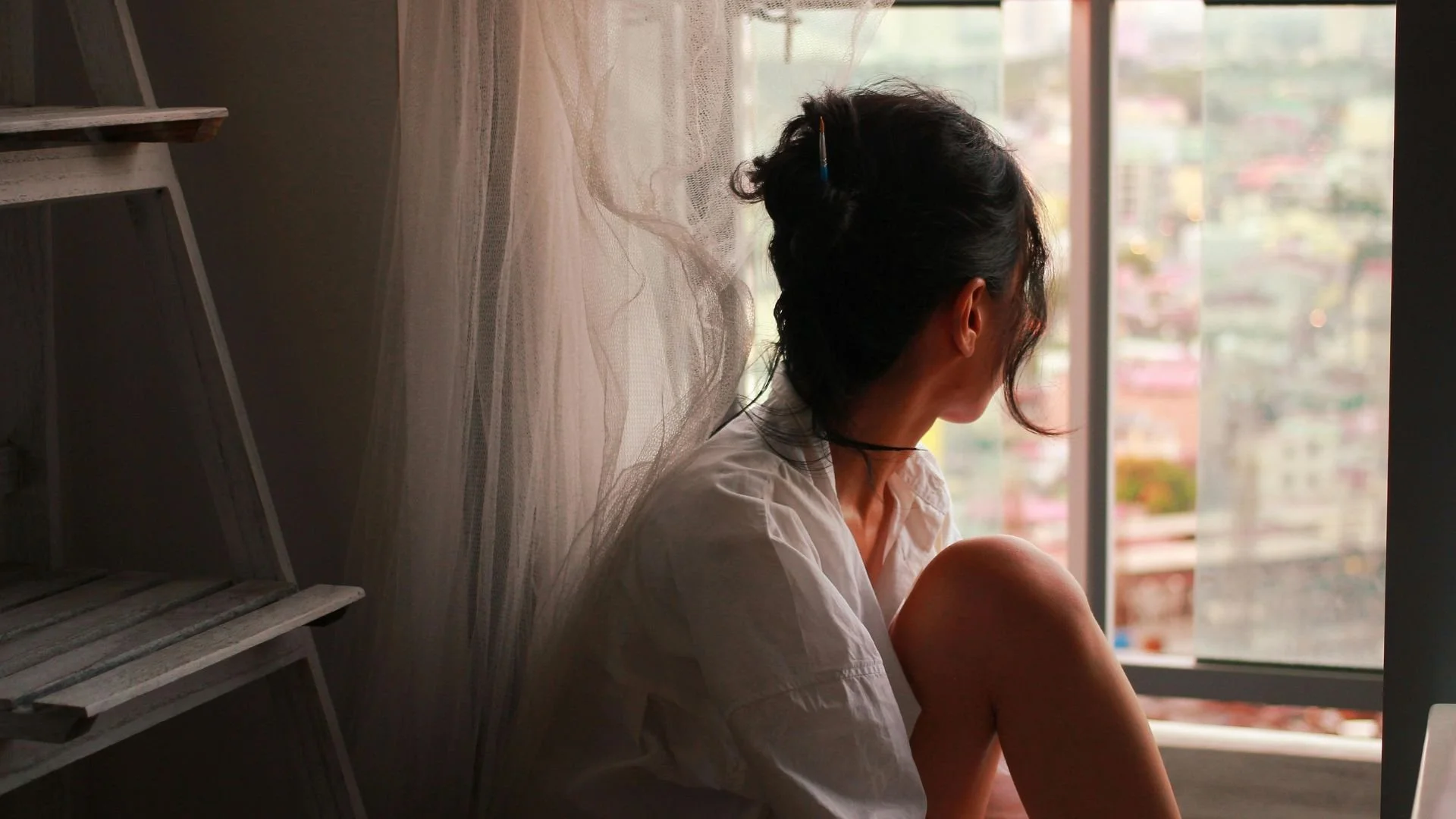Breaking the Cycle: Healing Grief and Creating New Legacies By Tanya Winje, AMFT
Tanya Winje, AMFT, is an Associate Marriage and Family Therapist who has spent more than 20 years supporting teens, adults, and families through compassionate, trauma-informed care. Tanya creates a calm, encouraging space for healing and growth, meeting each client where they are with warmth and intention.
Contact: tanya@winjecounseling.com | (805) 235-7542
In conversations with people who have experienced the loss of a loved one, I often hear deeply personal stories about how they cope with the belongings left behind. Some have created what amounts to a museum dedicated to their late spouse—holding onto even the smallest, everyday items, like the bar of soap in the shower that their husband last used. Others find ways to shield themselves from constant reminders, covering personal items on bathroom counters or bedroom dressers with sheets or towels to avoid the visual pain of loss.
Adult children who have lost a parent frequently express frustration with the sheer volume of possessions accumulated over the years—items their parents never sorted through or purged. Increasingly, younger generations are less interested in heirlooms like fine china sets and special flatware used only once a year during holidays. They often feel little connection to meticulously organized family photo albums, with some even choosing to discard these tangible pieces of the past entirely. I’ve heard of adult children who, overwhelmed by the weight of these memories, have thrown out family photos into the trash. Their reasons vary: no room to store twelve place settings of dishes, constant moving, or simply no desire to carry the physical remnants of a past life. For some, these objects hold no meaning; for others, they serve as painful triggers, stirring up historical trauma or reopening wounds of grief.
These reactions to inherited belongings reveal a deeper, often unspoken layer of loss—one not just of people, but of histories and memories passed down through generations. This brings us to the complex experience of inherited grief and loss. The emotional weight of those who came before us shapes how we navigate our own sorrow.
Grief and trauma often ripple through generations, carried silently like a coat of lead. This burden is passed down not through words, but through unspoken pain and inherited patterns.
Historical grief and trauma are unwanted burdens that can affect how we see ourselves, our world, and others. These burdens may be present from the very beginning of our lives, as the hurts and pains of previous generations find their way into us. Many recognize these patterns of generational pain by repeating behaviors they witnessed growing up. Low self-esteem, avoidance, substance use, anxiety, depression, self-sabotage, insecure attachment, and cycles of abuse can all be passed down—both through nature and nurture—leading to ongoing suffering.
For those willing to feel the feelings that come from generational grief and trauma, they are the warriors trying to break the cycle. These survivors choose to feel deeply, to sit with discomfort rather than run from it, and to confront what has long been hidden or denied. This willingness is no small thing. It marks the beginning of breaking free. It requires courage—the bravery to face the shadows and examine tangled roots of pain with unflinching honesty.
There is boldness in this act of healing—a refusal to let the past dictate the future. It is hope made real: the hope that this story of deep-rooted emotional pain will end here, that this legacy of suffering will not be handed down again. Choosing to heal means standing against the tide of dysfunction. It means saying no to grief as destiny. It means creating a new path for the next generation—one free from the chains of inherited pain. This is true rebellion—not in anger or violence, but in quiet, steadfast commitment to change, to love, and to freedom.
Part of this healing journey involves the difficult but necessary process of purging—letting go of the physical and emotional clutter that no longer serves us.
Just as some discard possessions that trigger pain or hold no meaning, purging becomes a powerful metaphor for releasing outdated beliefs, unresolved grief, and toxic patterns. By consciously choosing what to release, we create space to nurture new, healthy legacies rooted in resilience, love, and hope.
What we pass down is more than objects or stories—it’s the emotional inheritance we cultivate. When we let go of what burdens us and intentionally embrace healing, we pass on to future generations a legacy of strength, self-awareness, and emotional freedom. In doing so, we honor those who came before us—not by carrying their pain unchanged, but by transforming it into a foundation for growth and new beginnings.

